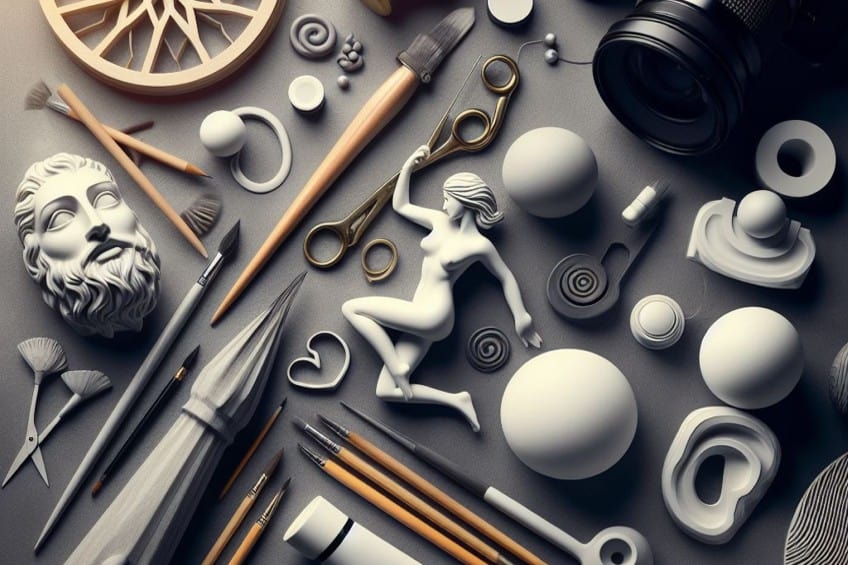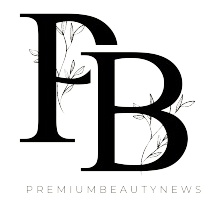The Essence of Beauty: Exploring Its Diverse Dimensions

Beauty has long been a concept that transcends mere physical appearance. It encompasses a wide range of perceptions, emotions, and expressions, each rooted in the individual and societal experience. In today’s world, beauty is not just something that is seen but something that is felt, experienced, and understood on multiple levels. The definition of beauty is ever-evolving, influenced by culture, personal preferences, and the changing ideals of society.
Understanding Beauty Beyond Appearance
Beauty is often associated with aesthetics, the outward appearance of individuals, objects, and spaces. However, its scope extends far beyond this superficial realm. The true nature of beauty lies in its ability to evoke emotions, convey messages, and communicate deeper meanings. This expansive perspective challenges traditional definitions and emphasizes the importance of inner beauty, which is equally as impactful, if not more, than external allure.
The Power of Perception
At its core, beauty is subjective. What one person finds beautiful, another may not. This subjectivity is influenced by personal experiences, cultural backgrounds, and societal norms. As such, beauty is not confined to a universal standard, but rather, it adapts to individual tastes and experiences. This makes beauty an incredibly personal experience, often influenced by the way one views the world around them.
The rise of social media has further shaped our perception of beauty. Platforms like Instagram and TikTok showcase an idealized form of beauty that often promotes flawless skin, perfect hair, and curated lifestyles. While this version of beauty may be aspirational for some, it is important to remember that true beauty resides not only in physical appearances but also in authenticity, kindness, and intelligence.
Beauty in Diversity
One of the most beautiful aspects of modern society is the celebration of diversity in beauty. Society is moving away from the traditional and narrow standards of beauty to embrace individuals of all shapes, sizes, colors, and backgrounds. This shift has allowed a broader and more inclusive understanding of what beauty truly means. From plus-size models to individuals with different skin tones, the beauty industry is starting to reflect the real world.
The celebration of diversity in beauty is also present in the way different cultures define and express beauty. In some cultures, beauty is seen as a reflection of harmony and balance, where inner peace is just as significant as outward appearance. In others, beauty is linked to power, status, or specific physical features, such as facial symmetry or long flowing hair. The beauty of humanity lies in its diversity, and this is something that should be celebrated rather than overlooked.
Beauty in the Arts and Nature
Beauty can be found in various forms of art, from painting to music, sculpture to dance. Art has long been a means of expressing beauty in ways that go beyond the tangible world. For example, a painter uses color and form to create something that speaks to the emotions of the viewer, while a musician’s melody may stir deep feelings of joy or sorrow. Beauty in art is not confined to pleasing visuals alone; it is an emotional experience that transcends language and culture.
Nature, too, provides a profound sense of beauty. The delicate petals of a flower, the sound of a rushing river, or the sight of a sunset over the horizon can all evoke a sense of wonder and awe. Nature has a way of reminding us of the simple, yet profound beauty that exists in the world around us. The natural world offers an endless source of inspiration for those seeking to reconnect with the deeper aspects of beauty.
The Role of Technology in Enhancing Beauty
In the modern world, technology has significantly influenced how we perceive and enhance beauty. Advances in beauty treatments, such as skincare innovations, cosmetic surgeries, and even digital filters, have revolutionized how beauty is portrayed and experienced. While these technologies offer convenience and quick fixes, they also raise important questions about self-image, authenticity, and the societal pressures placed on individuals to meet certain beauty standards.
Social media filters, for example, have become a common tool for enhancing personal appearance in photos. These filters can smooth out imperfections, brighten the skin, and enhance facial features. While they provide a temporary boost in confidence for some, they can also perpetuate unrealistic beauty standards and contribute to feelings of inadequacy. The key to using these tools effectively lies in balancing them with a healthy self-image and an understanding that beauty is not defined by perfection.
Inner Beauty: The Soul’s Reflection
While much attention is placed on external beauty, the significance of inner beauty cannot be understated. Inner beauty refers to the qualities and characteristics that make a person beautiful on the inside, such as kindness, compassion, intelligence, and integrity. These attributes often shine brighter than physical appearance and have a lasting impact on those around us.
Inner beauty is not something that can be easily measured or quantified. It is an energy, a presence, and an attitude that radiates from within. The most compelling people are often those who exude positivity, empathy, and authenticity. These qualities not only make them attractive but also create meaningful connections with others.
The Future of Beauty
As society continues to evolve, so does the concept of beauty. The future of beauty is leaning toward inclusivity, diversity, and self-acceptance. Rather than conforming to rigid beauty standards, individuals are embracing their unique features and celebrating what makes them different. This shift is not only changing how beauty is represented in media and advertising but also how it is experienced in everyday life.
The beauty industry is slowly moving towards sustainability, with an increased focus on eco-friendly products and practices. Consumers are becoming more aware of the environmental impact of their beauty choices, leading to a rise in demand for cruelty-free, organic, and sustainable beauty products. This trend reflects a broader cultural shift toward mindfulness and sustainability.
Conclusion: Beauty in Its Purest Form
Beauty is not confined to a singular definition or standard. It is a fluid concept that changes with time, culture, and individual perspective. From the diversity of human appearances to the timeless allure of nature and art, beauty is found in countless forms. True beauty is not just about what is seen but about what is felt, experienced, and shared with others. It resides in the authentic connections we make and in the way we embrace our uniqueness. Ultimately, beauty is an expression of life itself—a reminder that the world is full of awe, wonder, and possibilities.
